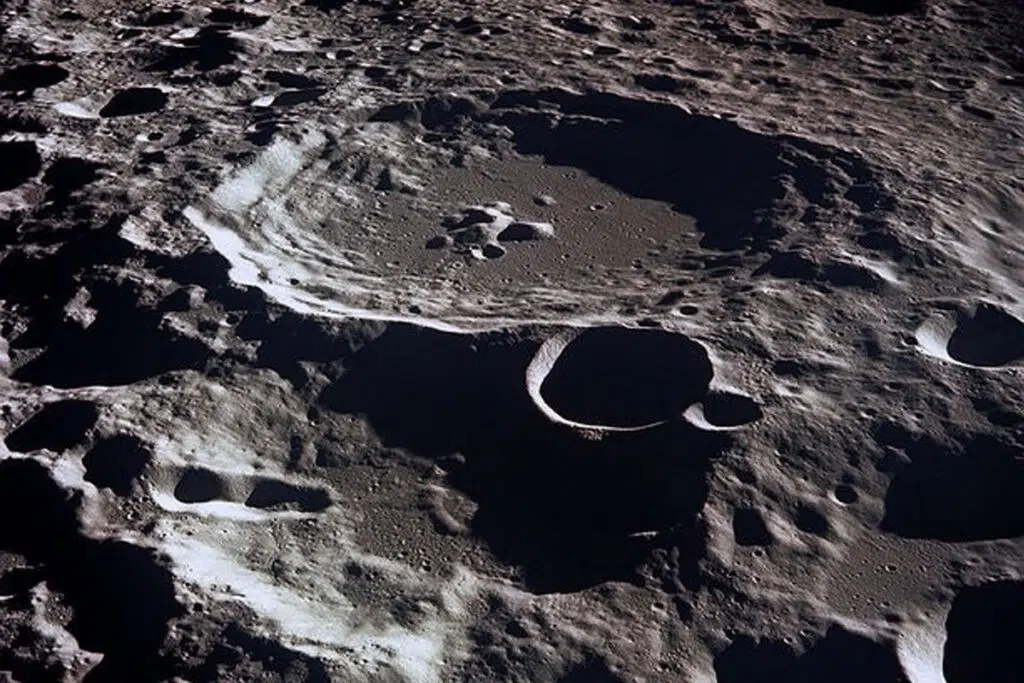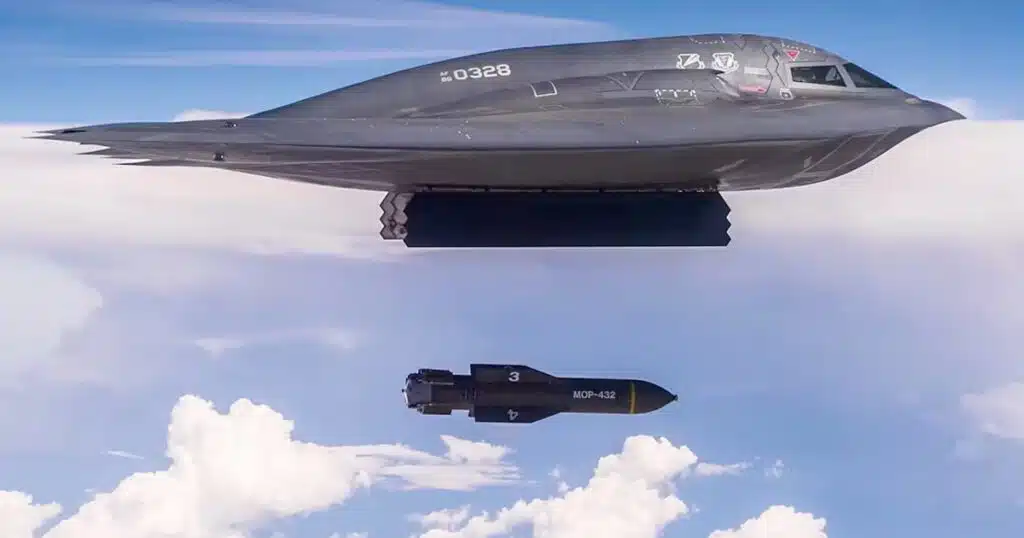
Evidence Shows Impact Events on Earth Coincided With Those on Moon
Asteroids that hit the Moon millions of years ago coincided precisely with some of the largest meteorite impacts on Earth, including the ones that led to the demise of the dinosaurs, a new study suggests.
The research also discovered that major impact events on Earth were not stand-alone, but accompanied by a series of smaller impacts, offering greater insights into the dynamics of asteroids in the inner solar system, in particular the potential of devastating Earth-bound asteroids.
An international research team examined microscopic glass beads aged estimated at up to two billion years old and discovered in lunar soil brought back to Earth in December 2020 aboard the Chinese National Space Agency’s Chang’e-5 Lunar mission. Scientists believe the heat and pressure of meteorite impacts created the glass beads, meaning their age distribution should mimic the timing of the impacts and coincide with the record of planetary bombardments.
The study’s lead author, Prof. Alexander Nemchin of Curtin University’s Space Science and Technology Centre in the School of Earth and Planetary Sciences, said the findings imply that the timing and frequency of impacts on Earth mirror asteroid impacts on the Moon, science may be able to learn a lot more about the history of evolution of our planet.
“We combined a wide range of microscopic analytical techniques, numerical modelling, and geological surveys to determine how these microscopic glass beads from the Moon were formed and when,” Nemchin said. “We found that some of the age groups of the lunar glass beads coincide precisely with the ages of some of the largest terrestrial impact crater events, including the Chicxulub impact crater responsible for the dinosaur extinction event.
The Chicxulub crater — left by the so-called dinosaur killer meteorite — is an impact crater buried beneath the Yucatán Peninsula in Mexico. Its center is offshore near the communities of Chicxulub Puerto and Chicxulub Pueblo, after which the crater was named. Scientists believe the crater was formed a little over 66 million years ago, when a large asteroid, about 10 kilometers (6.2 miles) in diameter, slammed into Earth. The crater is estimated to be 180 kilometers (110 miles) in diameter and 20 kilometers (12 miles) in depth and is the second largest confirmed impact structure on Earth.
The research also revealed that large impact events on Earth “such as the Chicxulub crater 66 million years ago could have been accompanied by a number of smaller impacts,” he added. “If this is correct, it suggests that the age-frequency distributions of impacts on the Moon might provide valuable information about the impacts on the Earth or inner solar system.”
Study co-author and Curtin Associate Prof. Katarina Miljkovic, explained future comparative studies could give further insight into the geological history of the Moon.
“The next step would be to compare the data gleaned from these Chang’e-5 samples with other lunar soils and crater ages to be able to uncover other significant Moon-wide impact events which might in turn reveal new evidence about what impacts may have affected life on Earth,” Miljkovic said.



